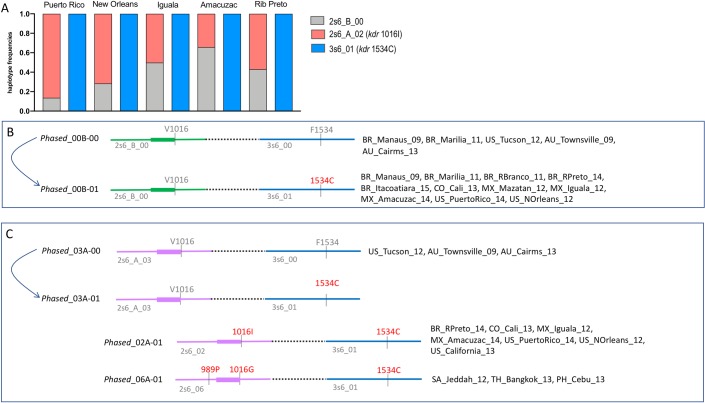Fig 5. Evidence for at least two independent origins for the 1534C kdr mutation in Aedes aegypti.
Bars show the haplotype frequencies of IIS6 and IIIS6 NaV segments found in five localities that are fixed for 3s6-01 haplotype (A). The IIS6 haplotypes from Clades A or B (see Fig 2) are represented as purple and green lines, respectively. Two different origins are proposed for the 1534C kdr mutation in B and C panels. The single origin for the other kdr mutations is also suggested in panel C. Phased haplotypes are followed by the name of the populations where they were found. Kdr SNPs are shown in red.

